Declawing cats, also known as onychectomy, has long been a contentious subject among pet owners and veterinarians alike. Here are the pros and cons of declawing cats.
You’ve likely heard various arguments for and against cat declawing.
On one hand, proponents suggest declawing can prevent cats from destructive scratching behaviors that could damage furniture or even cause harm to people.
On the other hand, critics point out the potential for significant pain, behavioral changes, and long-term health repercussions for cats. (1)
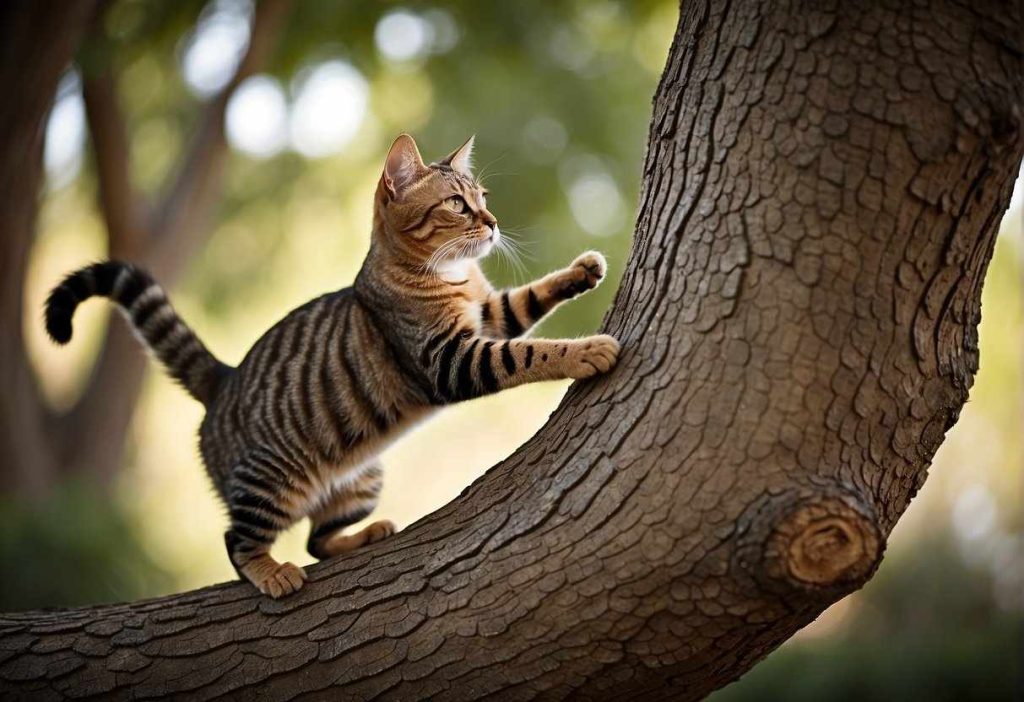
As pet parents, the biggest benefit of cat declawing is that you will not have to stress about painful scratches. Declawing your cat also stops them from damaging your household items like pieces of clothes or rugs.
Some pet parents report that their cats behave better after declawing, as it can address excessive or inappropriate scratching behavior.
However, declawing a cat is not just a simple manicure; it involves the surgical removal of the claws, known as declawing surgery or onychectomy, which means removing the last bone in each toe of the cat’s paw—comparable to amputating a human’s finger at the last joint, also known as the knuckle. (2)
Furthermore, the ethical considerations cannot be ignored; declawing has, for many, become a moral issue.
The key is to weigh the benefits against the risks and ethical concerns to make an informed decision about what is best for your cat and your family.
Key Takeaways
- Declawing is an irreversible surgical procedure with ethical implications.
- The benefits may include preventing destructive scratching, but alternatives exist.
- The risks involve chronic pain and behavioral changes in cats.
Pros and Cons of Declawing Cats
Pros of Declawing Cats
Potential Behavioral Benefits:
- Prevention of Unwanted Scratching: You’ve invested in countless scratching posts, yet the corner of your couch remains the hot spot for your cat’s clawing exploits. Declawing can put an end to this costly cycle. (3)
- Reduction in Aggression: Occasionally, cats use their claws aggressively toward owners or other pets. Removing claws may seem like an approach to curb these sharp encounters.
Health and Safety Considerations:
- Medical Necessity: There are rare instances where declawing might be more than an aesthetic choice. Conditions such as tumor growth or persistent infections can make declawing a medical intervention.
- Safety of Vulnerable Individuals: In homes with individuals who have compromised immune systems or excessive risk of infection, the absence of claws can contribute to a safer environment.
Going the declaw route isn’t a decision to take lightly, and it’s a path that requires your full commitment as a pet owner. And remember, it’s permanent.
So, it’s crucial to have a heart-to-heart with your veterinarian and consider all angles before leaping. Your cat’s paws are in your hands—let’s make sure their tread through life is a happy one!
Cons of Declawing Cats
Health Risks and Behavioral Impact:
- Pain and Discomfort: It’s a tough truth to claw at, but declawing typically involves removing the last bone of each toe. Imagine walking without your toe tips! Ouch, right?
- Potential Complications: Infections and lasting paw sensitivity can happen. Plus, there’s a chance of regrowth of improperly removed claws — ouch again!
- Behavioral Changes: Declawed cats may bite more or avoid the litter box due to discomfort. This turns a friendly couch potato into a bit of a grumpy spud.
Ethical and Psychological Implications:
- The welfare of the Cat: Cats scratch to mark territory and stay nimble. Taking this away can lead to a feline identity crisis. (4)
- Natural Behaviors: Scratching is core to a cat’s stretching and stress relief routines. Without it, they might get a little stressed out, lacking their usual zen. (5)
You see, declawing isn’t just about saving your sofa; it’s a life-changer for your cat, and not in the ‘nine lives’ kind of way.
It’s serious stuff — so weigh those pros and cons, walk through each point with your kitty’s quiet footsteps in mind, and consider alternatives. Your whiskered companion’s paws are in your hands.
In 2019, New York State became the first state to outlaw the procedure, adding to the growing list of cons of declawing cats, including Israel, New Zealand, where it has also been banned.
Ethical and Legal Considerations
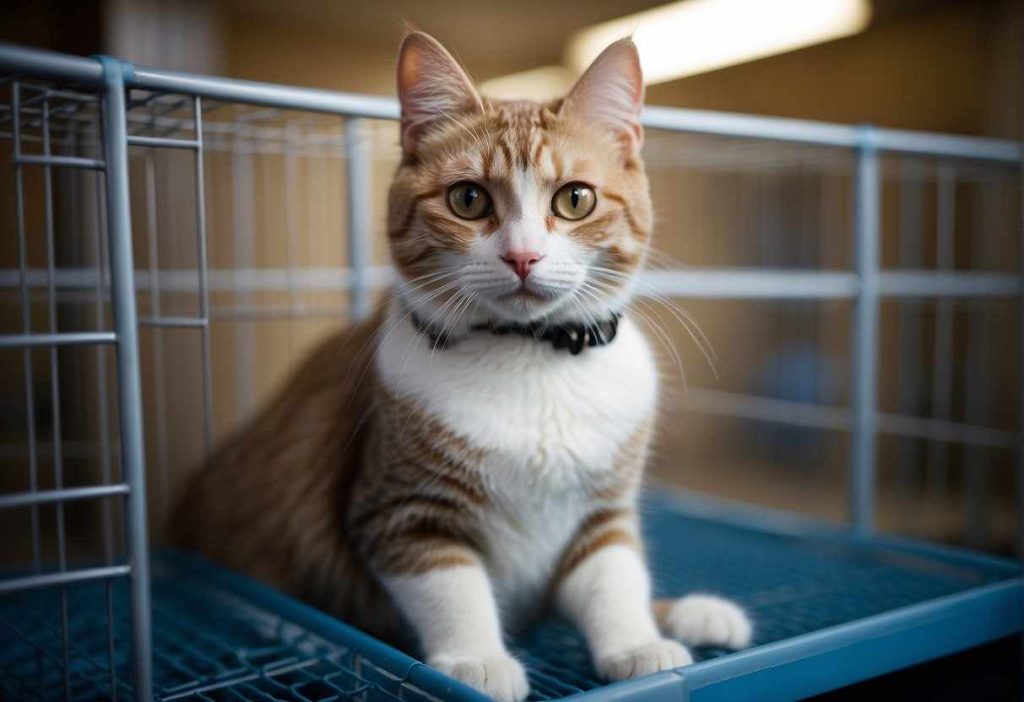
The Ethical Debate Surrounding Declawing
Have you ever thought about the moral side of declawing a cat? Some view it as a necessary evil, especially when it’s about protecting furniture. However, others argue it’s a violation of animal rights.
To declaw a cat is to remove its claws which is essentially an amputation of the last bone of each toe. Imagine having your fingertips removed up to the last joint!
This procedure often leads to a change in the cat’s behavior and can cause paw pain, back pain, infection, and even tissue death, as well as potential nerve damage and bone spurs.
Pros:
- Prevents furniture and property damage
- May be considered if it’s a last resort to keep a cat in a home where it is loved
Cons:
- Removes a cat’s primary defense tool
- This can lead to behavioral changes and chronic pain
Legal Status Worldwide
Curious about where declawing stands in the eyes of the law? Laws vary widely. While in some places, there are no specific regulations, in others, anti-cruelty laws indirectly cover declawing.
For instance, in many European countries, declawing is outright illegal—seen more as animal mutilation than a vet procedure.
A look at different areas:
| Area | Legal Status |
| Europe | Mostly Illegal |
| California, USA | Certain cities ban declawing (6) |
| Rest of the USA | Legal with some opposition |
Remember that a decision like declawing is not just about what’s legal; it’s about your cat’s well-being. Always weigh the pros and cons and consider all the alternatives.
You wouldn’t want someone snipping off your fingertips, would you?
Comprehensive Exploration of Declawing Alternatives
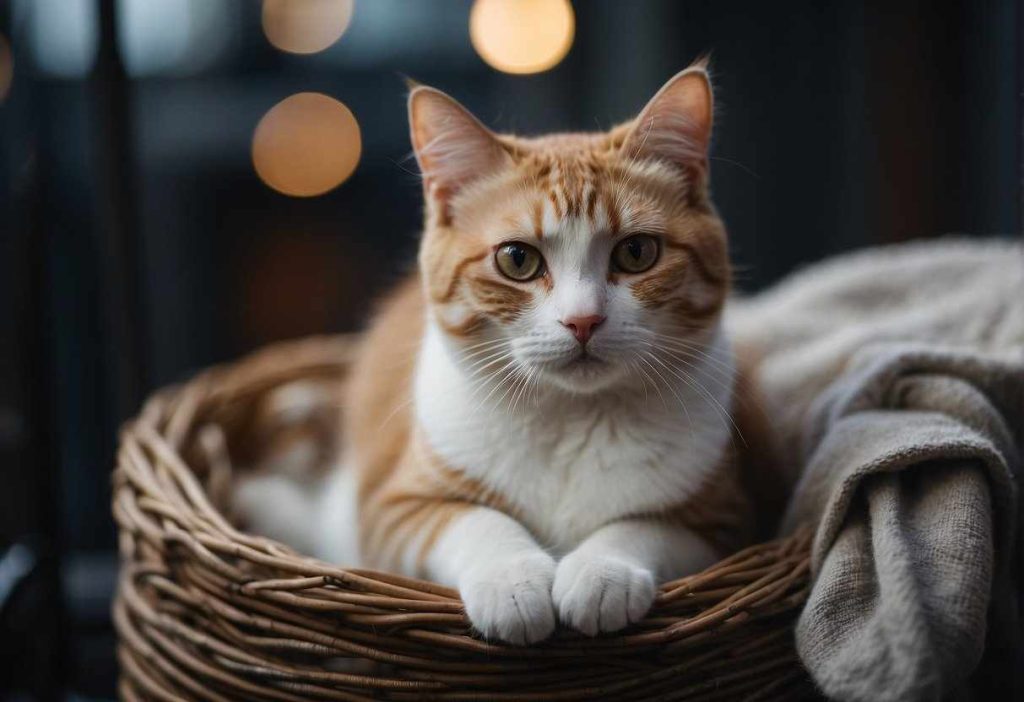
Preventive and Behavioral Strategies
Hey, ever caught your cat in the act, scratching where it shouldn’t? It’s not the end of the world! You can teach old (and young) cats new tricks with a bit of patience. Here are a couple of tips:
- Provide scratching posts: Offer various textures like carpet or sisal.
- Use pheromones: Products like sprays or diffusers can deter your cat from undesired areas.
- Positioning is key: Place scratching posts near your cat’s favorite hangout spots.
Nail Management
If you’re tired of your furniture looking like a shredding post, let’s talk nail care:
- Regular trimming: Keep those claws short and less sharp. A good snip every few weeks can go a long way. (7)
- Nail caps: They’re like little shoes for your cat’s claws! They’re plastic sheaths that can be glued on to keep the tips covered.
Enhancing Understanding of Alternatives
Wondering if these techniques actually work? They sure can, but remember, every cat’s a unique little furball. It might take some experimenting to find what clicks with yours. Here’s the scoop:
- Effectiveness: Positive reinforcement is a charm when shaping behavior.
- Practicality: It’s about consistency and finding what your cat loves.
Case Studies and Personal Stories
Imagine little Whiskers, once a relentless sofa scratcher, now a poster cat for alternative measures. Stories abound of felines that have gone from claw fiends to model pets, all without the need for declawing.
Check out cat forums or local cat owners’ groups for some inspiration!
Making an Informed Decision

When faced with the option to declaw your cat, seeking professional advice is your first step.
Have you chatted with your vet about it? They can offer an in-depth perspective on your furry friend’s specific needs and potential surgical risks connected to declawing.
You love your cat, and naturally, their well-being is paramount. Remember, declawing isn’t a manicure; it’s a significant procedure.
How do you balance this against your need to protect your furniture and yourself from scratching?
Let’s not forget, that your cat’s claws are their go-to tool for just about everything, from defense to stretching exercises!
However, for an indoor cat, there are alternatives to declawing, such as providing acceptable scratching surfaces like cat trees and scratching posts.
It is important to consider all options, including the potential consequences of declawing, and make an informed decision for the well-being of your indoor cat.
Table 1: Declawing Considerations
| Aspect | Importance |
| Consultation with Vet | Get individualized info on risks and alternatives. |
| Animal Welfare | Declawing may affect your cat’s behavior and health. |
| Owner Needs | Scratching issues can be frustrating, but there are humane alternatives to explore. |
| Long-term Commitment | Keeping a declawed cat indoors is a must, and cat-proofing your home is key. |
Caring for a declawed cat requires a long-term commitment. Are you ready to ensure indoors remain their forever home?
Remember, the internet is awash with information, but nothing beats the tailored advice from good old face-to-face vet consultations.
They’ll keep your cat’s tail wagging, well, if cats wag their tails enthusiastically, that is!
So, do consider all angles, because your decision is not just for now – it’s for your cat’s entire nine lives!
Keep these points in your mind, and you’ll be well on your way to making an informed, kind-hearted choice for both you and your whiskered companion.
Quick-Reference Guides For Pet Owners
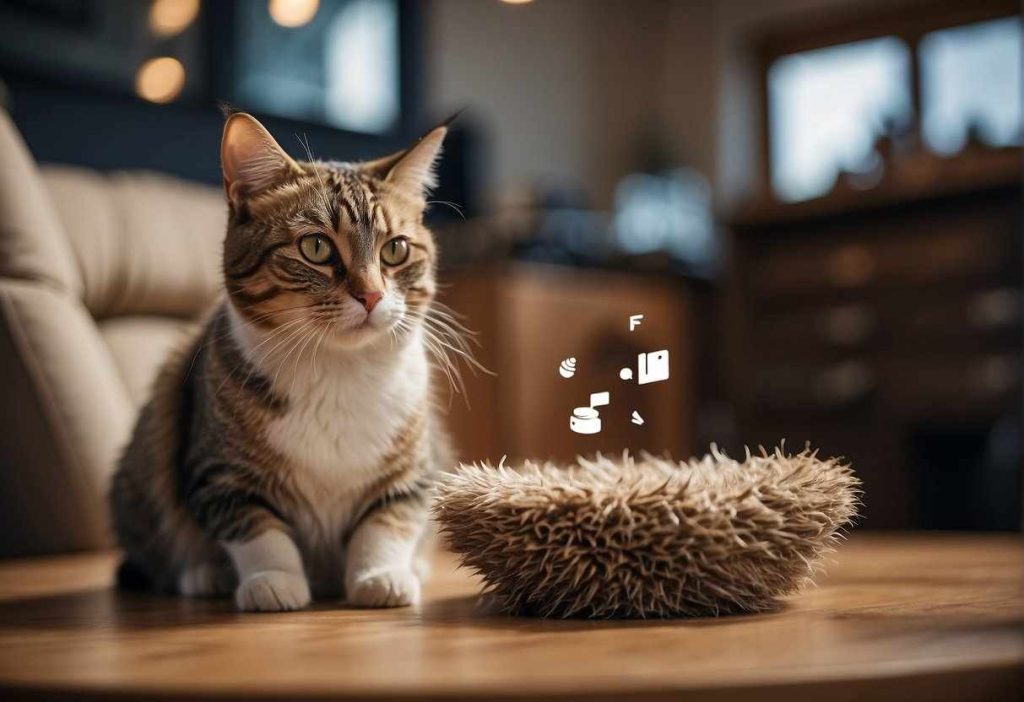
Are you weighing the pros and cons of declawing your furry friend? It’s a tough decision with many factors to consider.
To help you out, here is the quick reference guide—think of it as a cheat sheet for making an informed choice.
Interactive Elements for Decision Support:
- Quizzes & Decision Tools: Could declawing be the right choice? Find out with interactive quizzes designed to gauge your situation.
- Educational Videos: Watch quick videos that explain the declawing process and its impacts.
Community and Support:
- Forums: Need to hear from others? Jump into forums where pet owners discuss the nitty-gritty of declaw surgery.
- Support Groups: Sometimes, talking helps. Connect with support groups to share your experiences. Heck, you might get some genius alternatives to declawing!
| Supportive Resources | Benefits |
| Interactive quizzes | Tailored insights based on your responses |
| Discussion forums | Learn from a large community of pet owners |
| Support groups | Emotional support and practical tips |
Remember, declawing isn’t a manicure. It’s a serious surgery. According to vets, declawing removes cats’ last toe bones—ouch! Stats show mixed opinions; a poll noted nearly 60% of pet owners find it acceptable.
Still, it’s essential to explore safer alternatives before a final decision.
Curious about the procedure? It’s done under anesthesia, removing the last toe bone and the claw. Know the full story before choosing. Now, go on, and digest this info.
You’re well on your way to making the best decision for your kitty!
Quick Recap
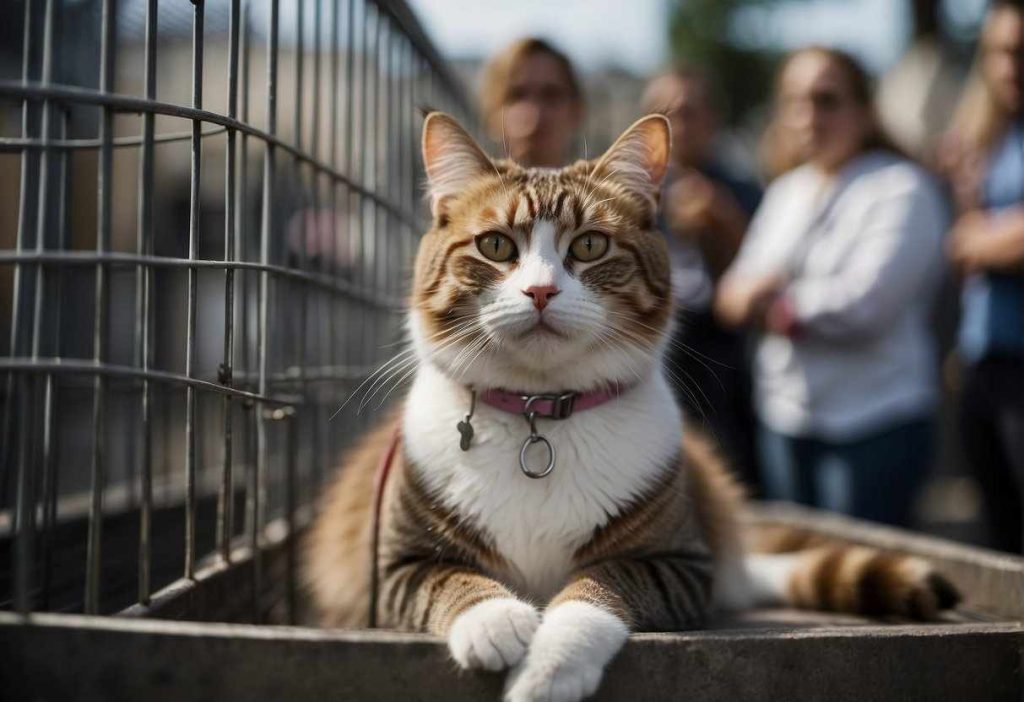
Have you considered the implications of declawing your cat? Let’s break down the essentials:
Ethical Considerations:
- Is it right to remove a cat’s claws, a natural defense mechanism?
- Could declawing be viewed as unnecessary mutilation?
Medical Implications:
- Risk of infection post-surgery
- Possibility of long-term pain or phantom pain
- Examples include lameness, difficulty in walking or climbing
Practical Considerations:
- Clawing is a natural behavior—can it be redirected rather than removed?
- Are there alternatives to manage scratching that can save your sofa and your cat’s claws?
Responsible Pet Ownership:
- Scratching posts and other training tools can be effective.
- Declawing should be a last resort—have all other avenues been exhausted?
Always remember, the decision to declaw is not just about protecting your furniture—it’s about the balance between managing behavior and ensuring the welfare of your feline friend.
Make sure to consider these points thoroughly to make informed and compassionate choices for your cat’s long-term health and happiness.
Frequently Asked Questions

Deciding whether to declaw your cat is a significant decision, and you probably have a lot of questions. Here, you’ll find straightforward answers to some of the most common queries.
Is declawing a cat cruel?
Declawing is not simply a nail trim; it’s an amputation of the last bone in each toe.
This surgery can alter your cat’s ability to behave naturally and may cause lasting physical and behavioral issues.
Can declawed cats still defend themselves?
After declawing, cats lack their primary defense mechanism.
They may struggle to protect themselves outdoors and can become more prone to biting as a defense strategy.
What are the long-term effects of declawing a cat?
Long-term effects can include behavioral changes, chronic pain, and trouble walking. Declawed cats may also develop back pain due to alterations in the way they walk.
Are there any humane alternatives to declawing?
Yes, there are several alternatives!
Regular nail trimming, providing scratching posts, nail caps, and behavior modification can protect your furniture and keep your cat’s claws intact.
Why do some veterinarians still offer to declaw?
Declawing might still be offered as a last resort to prevent rehoming or euthanasia when scratching behavior becomes a severe issue and other remedies have failed.
How can I prevent my cat from scratching furniture without declawing?
Use scratching posts, double-sided tape or aluminum foil to deter scratching on furniture, and use nail caps as a non-permanent solution to protect your belongings.
What should I consider before deciding to declaw my cat?
Weigh the potential risks and benefits. Consider your cat’s lifestyle, the potential for behavioral issues post-surgery, and whether all alternatives have been exhausted.
Your vet can provide guidance tailored to your cat’s situation.


